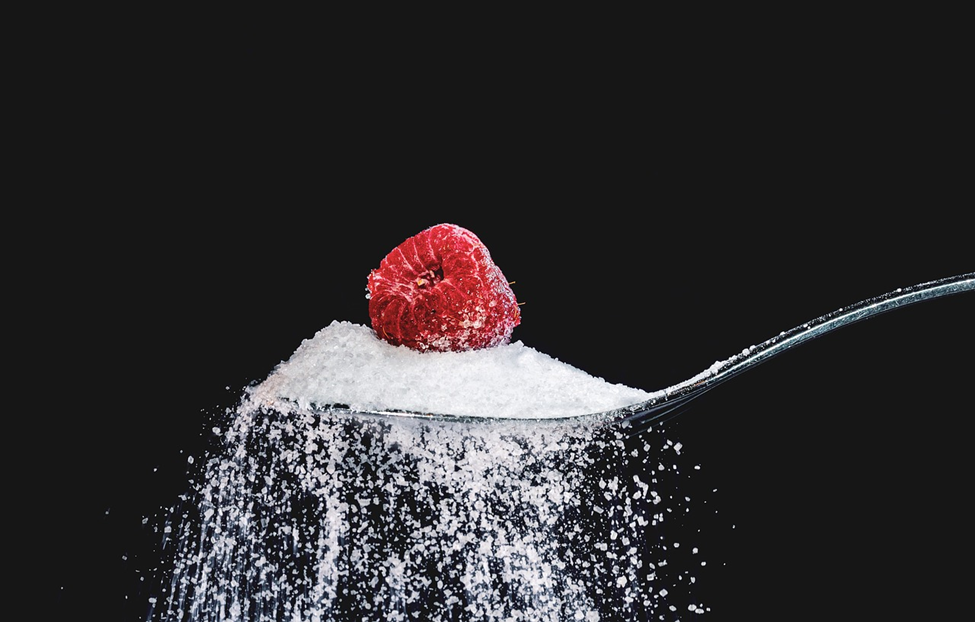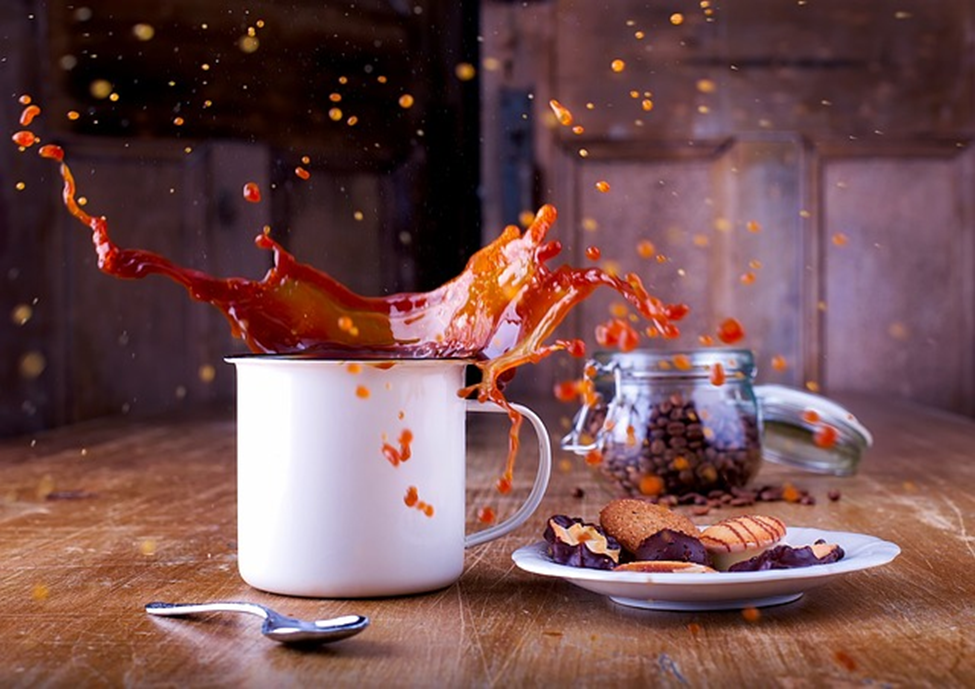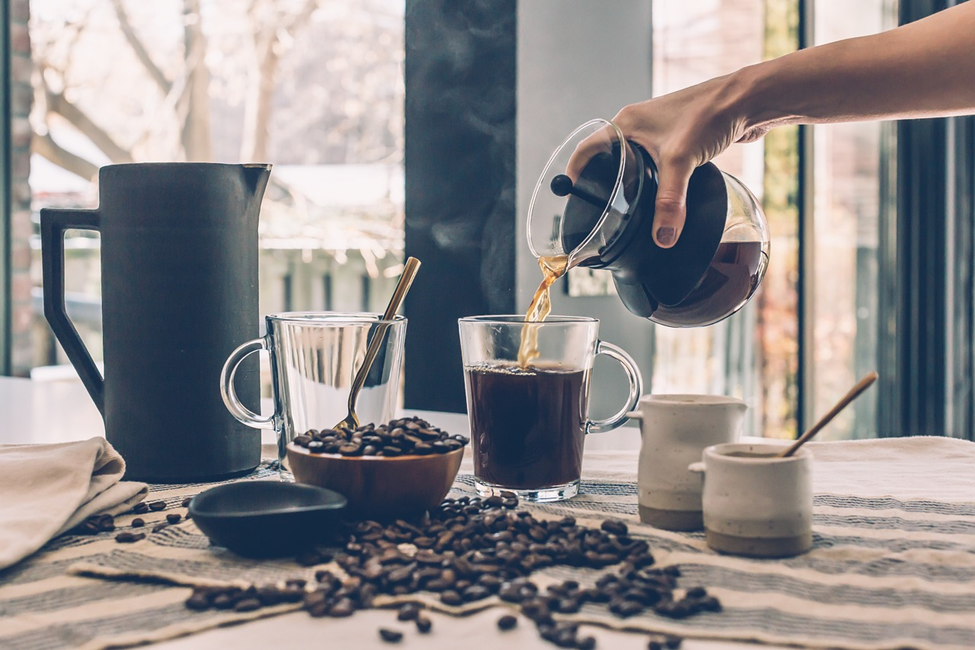Brewing coffee might seem straightforward, but when you’re trying to make the perfect cup, one important question often arises: How many tablespoons of coffee should you use per cup? The truth is, there’s no single correct answer because it depends on factors like your taste preferences, brewing method, and the flavor strength you enjoy. Let’s explore step-by-step how you can customize your coffee experience while following a few golden rules.

Step 1: Understanding the Basics
The fundamental starting point for brewing coffee is to use one tablespoon of coffee for every 6 ounces of water. This guideline is widely accepted for achieving a well-balanced cup. However, this ratio is highly flexible depending on how strong or light you like your coffee.
- For a stronger cup: Add an extra tablespoon.
- For a milder cup: Use slightly less coffee.
Brewing time is just as important as the coffee-to-water ratio. Over-steeping can make your coffee taste bitter, while under-steeping might result in a weak brew. Timing depends on your brewing method:
- French Press: The steeping time should be about 4 minutes for best results.
- Drip Coffee Maker: The brewing time is preset by the machine, so you only need to focus on the measurements.
- Pour-Over: Since this method gives you control over pouring, it highlights delicate flavor notes. Following the standard ratio ensures the flavors shine.
Step 2: Personalizing Your Coffee
No two coffee drinkers are alike, which is why customization is key. Adding or reducing coffee in small increments helps you find your perfect balance. some people like to drink oat milk coffee it depend on choice of every person.
For those who prefer a bold, rich flavor, increase the amount by one tablespoon per cup. If you’re experimenting and discover it’s too strong, just scale back. Similarly, a lighter coffee might appeal to people who enjoy milder notes or those sensitive to caffeine.
The method you choose also plays a big role in flavor:
- French Press Coffee: Highlights the natural oils for a rich texture.
- Drip Coffee Makers: Provide convenience and consistency for daily brews.
- Pour-Over Systems: Extract subtle flavors, especially if you’re using specialty beans.
By tweaking the tablespoons and methods, you can consistently brew coffee tailored exactly to your taste.

Understanding the Basics: What Is a Cup?
When brewing coffee, don’t assume the word “cup” is universal. In standard measurements, a cup equals 8 ounces (240 ml). However, many coffee makers consider a cup to be 5 ounces (150 ml). This discrepancy can impact the taste and strength of your coffee.
Here’s why it’s important to clarify measurements:
- Some brewing instructions are based on 8 ounces, while others align with the 5-ounce definition.
- Mistakes in measuring your coffee or water can make the brew taste either too weak or overpowering.
For example, a French Press typically requires you to measure your coffee manually, and using the standard 8-ounce definition gives great results. Drip coffee makers might automatically brew based on their built-in “cup” size, so understanding your machine’s definition ensures consistent and enjoyable coffee every time.
The Golden Ratio
To achieve a truly balanced brew, the Golden Ratio plays a crucial role. This guideline, set by the Specialty Coffee Association of America (SCAA), recommends using a coffee-to-water ratio of 1:15 to 1:18:
- 1 part coffee to 15 parts water results in a stronger cup.
- 1 part coffee to 18 parts water gives a lighter, milder flavor.
Why It Works
This ratio allows for enough coffee to provide depth while ensuring it isn’t too concentrated. For example, if you’re brewing one 5-ounce cup (150 ml), using 8.3 grams (roughly 1.6 tablespoons) of coffee grounds fits within the golden guideline.
Personal adjustments are easy:
- Stronger preference? Lean toward the 1:15 ratio.
- Milder taste? Opt for 1:18.
Personally, I find the 1:16 ratio strikes a perfect middle ground—it’s neither too weak nor too strong, offering a balanced flavor every time.
Step-by-Step Guide: Measuring Coffee
Accurate measurement ensures consistency across your cups. Here’s how to measure like a pro.
Standard Method
Using 2 to 4 tablespoons of coffee per 12-ounce (355 ml) cup works well as a simple starting point. However, if you’re brewing a larger quantity or prefer precision, consider investing in a kitchen scale.
Using a Scale
- Place an empty container on the scale and reset it to zero.
- Weigh out 33 grams (approximately 6.6 tablespoons) of coffee for a single serving.
- For multiple servings, multiply the measurements. For instance:
- 4 cups (600 ml): Use 13 tablespoons or 67 grams of coffee.
- 8 cups (1200 ml): Use 27 tablespoons or 133 grams.
Using a Coffee Scoop
If you don’t have a scale, coffee scoops are a handy alternative. Remember, one scoop typically holds 5-7 grams of ground coffee.
Pro Tip: Using a scale offers more accurate measurements and ensures consistent flavor, regardless of batch size.
Factors That Affect Measurements
Every brewing method has its quirks, making a universal answer tricky when deciding how many tablespoons to use. Other factors, like grind size and coffee strength, can change the outcome.
Brewing Methods
- French Press: Coarser grounds require more coffee for a richer flavor.
- Espresso Machines: Fine grounds result in a concentrated shot, typically requiring 18 grams for a double shot.
- Drip Machines: Medium grinds work best, using a 1:15 coffee-to-water ratio.
Grind Size
Grind size plays a massive role in the flavor and aroma of your coffee:
- Coarse Grind: Perfect for methods like French Press, which yields a mild taste.
- Medium Grind: Best suited for drip coffee makers and balances flavor well.
- Fine Grind: Designed for espresso machines, offering a robust, rich shot.
Adjusting the grind size, brewing method, and number of tablespoons can transform the entire experience.
Pro Tips for Perfect Coffee
Follow these tips to elevate your coffee-making skills:
- Always use fresh coffee beans. Fresher beans deliver richer, more flavorful coffee. Store them in an airtight container away from light and heat.
- Adjust based on your setup. Every coffee maker is different, so small tweaks may be necessary for optimal results.
- Buy in bulk for groups. If serving several people, buying a 1-pound bag of coffee can yield up to 100 cups, making it economical.
Brewing is about personal preference. Explore new grind sizes, adjust ratios, and even try different brewing systems like percolators, pour-over setups, or classic drip machines to see what suits your palate best.
Quick Coffee-to-Water Reference Table
| Cups of Coffee | Water (ml) | Coffee Grounds (g) | Coffee (Tbsp) |
| 1 | 150 | 8.3 | 1.6 |
| 4 | 600 | 33 | 6.6 |
| 8 | 1200 | 67 | 13 |
| 12 | 1800 | 100 | 20 |
This chart provides a handy reference for preparing coffee in various batch sizes.
Final Thoughts: Brewing Coffee to Your Liking
There’s no universal formula for brewing coffee, but that’s the beauty of it! You can adjust the process to fit your preferences. Whether you prefer a bold and intense cup or a milder, smoother one, the key lies in experimenting with your coffee-to-water ratio, grind size, and brewing methods.
Remember, coffee is more than just a drink—it’s an experience to start your day with. So don’t hesitate to tweak the process and discover what makes your cup perfect for you. Every cup is a chance to enjoy something uniquely yours.

